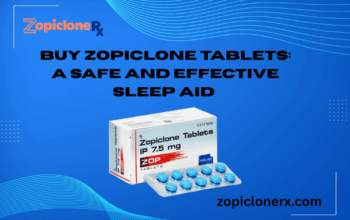Chronic pain differs from acute pain in two fundamental ways. An acute pain event is usually caused by something sudden, such as surgery, bone fracture, infection, cuts, lacerations, falls, and burns. A physician typically handles acute pain patients. In most cases, the pain dissipates upon healing the injury or condition, usually after six months at the most. An illness or condition can cause chronic pain that lasts for a long time. Trauma may be the cause of chronic pain in some cases. A loss of appetite, depression and reduction in energy are some of the unexpected effects of chronic pain. A comprehensive pain specialist should be consulted when a patient is experiencing chronic pain.
Chronic Pain Treatment Techniques
Drugs & Medicines
When lifestyle changes are not effective in treating a patient’s pain, pain management specialists have many other options. Pain is treated in various ways and at many levels: from non-steroidal anti-inflammatory drugs for mild discomfort to strong narcotics such as morphine and oxycodone for debilitating difficulties. Certain cases of nerve damage may require the use of antidepressants, such as when an antidepressant is prescribed. The occasional administration of corticosteroid injections may also be necessary to reduce inflammation-related pain.
Therapeutic Exercises
Physical therapy or exercise may be prescribed by a comprehensive pain specialist to treat the pain in some cases. Through exercise and therapy, a patient can improve their mental and emotional well-being, increase their range of motion, and lessen inflammation. Physical activities release endorphins, which are naturally occurring painkillers. When exercise is combined with therapy, the body is able to heal more quickly and ease pain more effectively than with drugs or other treatments alone. Before you begin any new exercise routine for pain, you should first consult with a comprehensive pain specialist to ensure you are physically able to begin working out.
Alternatives to Pain Management
There are a number of alternatives to traditional pain management methods. Pain types and severity affect the effectiveness of these treatments.
The wellness center offers relaxation sessions such as meditation and yoga that can help patients manage their pain. The body may release endorphins to relieve pain when acupuncture is administered. There are other non-traditional methods of treating pain, such as massage therapy, therapeutic touch, herbal remedies, and nutritional supplements.
Biological feedback. Learning relaxation and breathing exercises with the aid of a biofeedback device involves the use of graphs, blinking lights, or even animations that provide visual cues regarding physiological functions (such as heart rate and blood pressure). Controlling how your body responds to pain can be achieved by watching and modifying the visualizations.




